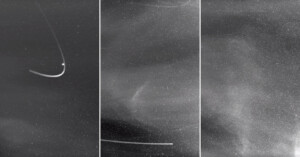
NASA’s Parker Solar Probe Photographs its Journey Through a Solar Storm
NASA's Parker Solar Probe, the first spacecraft to "touch the Sun," sailed directly through a coronal mass ejection (CME).

NASA's Parker Solar Probe, the first spacecraft to "touch the Sun," sailed directly through a coronal mass ejection (CME).
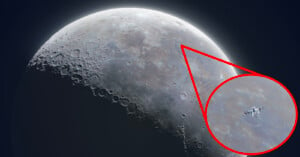
Backyard astrophotographer Andrew McCarthy captured an amazing view of the International Space Station (ISS) crossing the Moon.
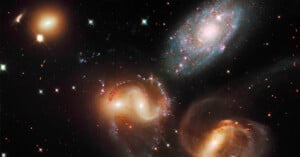
Although the James Webb Space Telescope gets a lot of attention for its impressive technology and many discoveries, the Hubble Space Telescope has remained very busy, and researchers have been using the observatory to perform incredible science.
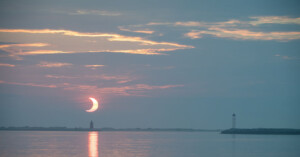
NASA/Aubrey Gemignani Next month will see an annular solar eclipse viewable from parts of the United States, which means all …
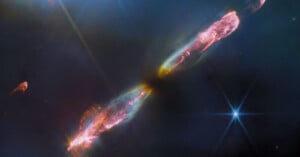
The James Webb Space Telescope (JWST) has captured an image of Herbig-Haro 211 that is an "infantile analog" of the Sun when it was just a baby star with a mass of about one-twelfth the present-day Sun.
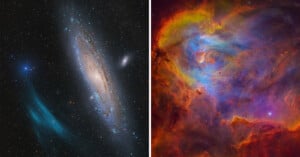
Royal Observatory Greenwich has revealed that photographers Marcel Dreschler, Xavier Strottner, and Yann Sainty have been named "Astronomy Photographer of the Year" for their stunning image, Andromeda, Unexpected.
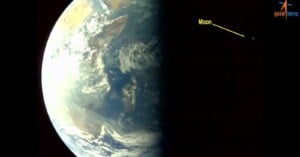
The Indian Space Agency (Isro) has shared the first-ever photographs sent by the country's solar observation mission as it makes its way toward the Sun.
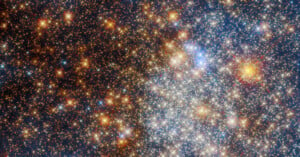
Approximately half a century ago, Turkish-Armenian astronomer Agop Terzan discovered 11 globular clusters. Today, the Hubble Space Telescope views Terzan's clusters in details he could have only dreamed of at the time.
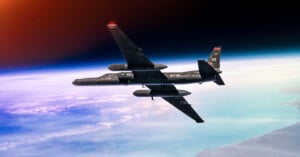
Eight years of discussions. Six months of training. Two days of final preparations. Much was required to give photographer Blair Bunting two hours at the edge of Earth's atmosphere to conduct the first-ever photo shoot at near-space where he captured images that have never been made before and will likely never be made again.
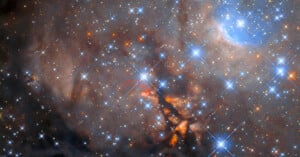
While the James Webb Space Telescope may get the lion's share of the attention these days, the venerable Hubble Space Telescope is still performing vital science and capturing beautiful images.
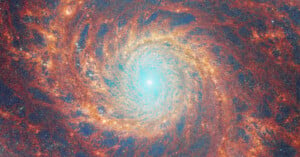
The James Webb Space Telescope's Mid-InfraRed Instrument (MIRI) and Near-InfraRed Camera (NIRCam) have captured the graceful, well-defined bending arms of the grand-design spiral galaxy M51, also known as NGC 5194.
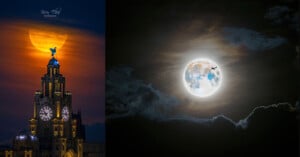
These photos only come around once in a blue Moon, literally. The rare sight of a "blue supermoon" attracted photographers from all across the world last night.
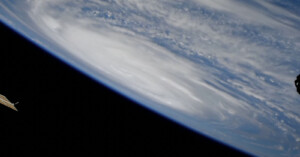
The International Space Station (ISS) has captured breathtaking footage of Hurricane Idalia and Hurrican Franklin from space.
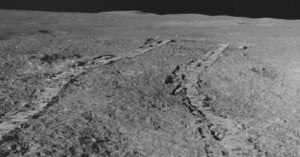
The Indian Space Research Organization (ISRO) has shared new photos and videos captured by its Chandrayaan-3 lunar lander following its successful landing on the Moon's south pole on August 23, a momentous occasion that made India the fourth country to ever land on the Moon successfully and the first to do so near the lunar south pole.
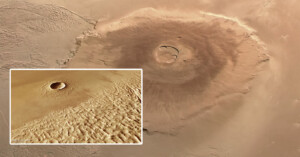
The European Space Agency (ESA) has released new photos captured by the Mars Express satellite that show evidence of landslides and a turbulent past around the most imposing volcano in the Solar system: Olympus Mons.
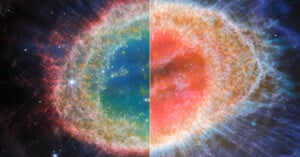
The James Webb Space Telescope has observed the Ring Nebula in spectacular, unprecedented detail using its Near-InfraRed Camera (NIRCam) and Mid-InfraRed Instrument (MIRI) imagers.
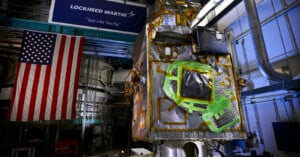
NASA's Lunar Trailblazer satellite has been equipped with a new Thermal Mapper instrument that was developed by scientists at Oxford and will play an important role in the satellite's goal of searching for signs of water on the Moon.
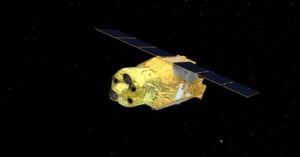
Like all cameras, the sophisticated imaging instruments used in telescopes detect wavelengths of light. While some telescopes see in visible light, as human eyes do, others work in wavelengths that people cannot see.
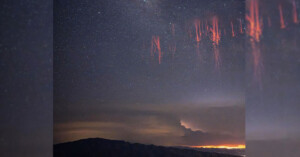
A photographer looking for storms to capture instead caught the sight of rare red lightning sprites in the night sky above Arizona.
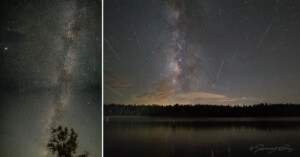
The Perseids meteor shower peaked this past weekend with photographers out in force capturing the annual cosmic show.
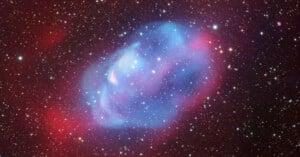
"It is a very common misconception amongst people that the night sky has been explored in its entirety by the great professional space observatories like James Webb, Hubble, NASA, and ESA. People think there is nothing left for the average person to go out and discover in space. But this couldn't be further from the truth," says astrophotographer Bray Falls.
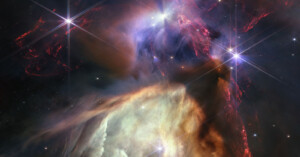
The James Webb Space Telescope YouTube channel released a fascinating new video this week that explains how Space Telescope Science Institute (STScI) science visuals developers Joe DePasquale and Alyssa Pagan transform Webb's black-and-white image data into full-color composites.
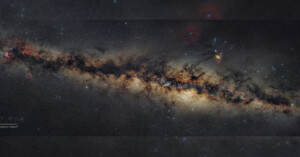
Backyard astrophotographer Andrew McCarthy has always wanted to get a shot of the entire Milky Way Galaxy, but living in Arizona makes it impossible.
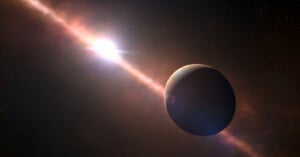
Northwestern University astrophysicist Jason Wang led a project to create the longest timelapse of an exoplanet ever assembled. The video compresses 17 years of real data of an exoplanet orbiting its star down to just 10 seconds -- and that 17 years was only enough for the planet to travel about 75% of a single 23.6-year orbit.
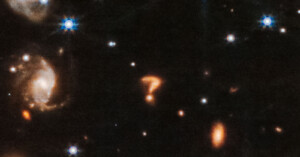
The James Webb Space Telescope recently photographed the Herbig-Haro 46/47, a pair of newly forming stars. The beautiful composite is vast and full of rich detail, including a cosmic question mark.
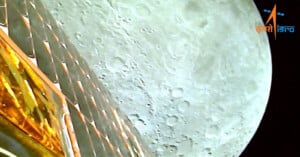
India's Chandrayaan-3 rover reached lunar orbit on August 5 and has sent its first images of the Moon to Earth. Successfully entering lunar orbit is a critical step in the Indian Space Research Organization's (ISRO) historic mission to the Moon.
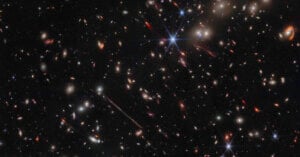
Webb's new infrared image of the galaxy cluster "El Gordo" ("the Fat One") showcases hundreds of galaxies, some of which have never been seen before in such detail. Using its Near-Infrared Camera (NIRCam), Webb has used the gravitational lensing created by El Gordo to see distant background galaxies more clearly, offering scientists a unique look at the distant universe.
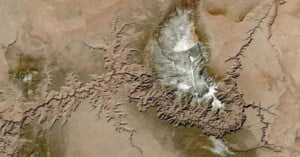
IBM and NASA have teamed up to develop an open-source, geospatial foundational model that will enable researchers and scientists to utilize artificial intelligence (AI) to track the effects of climate change, monitor deforestation, predict crop yields, and analyze greenhouse gas emissions.
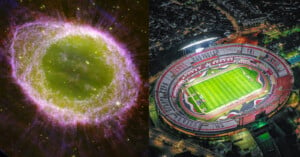
A new James Webb Space Telescope (JWST) image of the Ring Nebula that boasts an exquisite green looks like a sports stadium lit up at night at first glance.
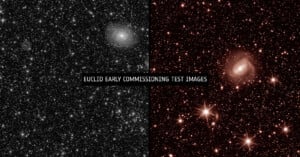
Nearly a month after launching from Cape Canaveral, the European Space Agency's new space probe, Euclid, has sent its first test images to Earth, and they are spectacular.